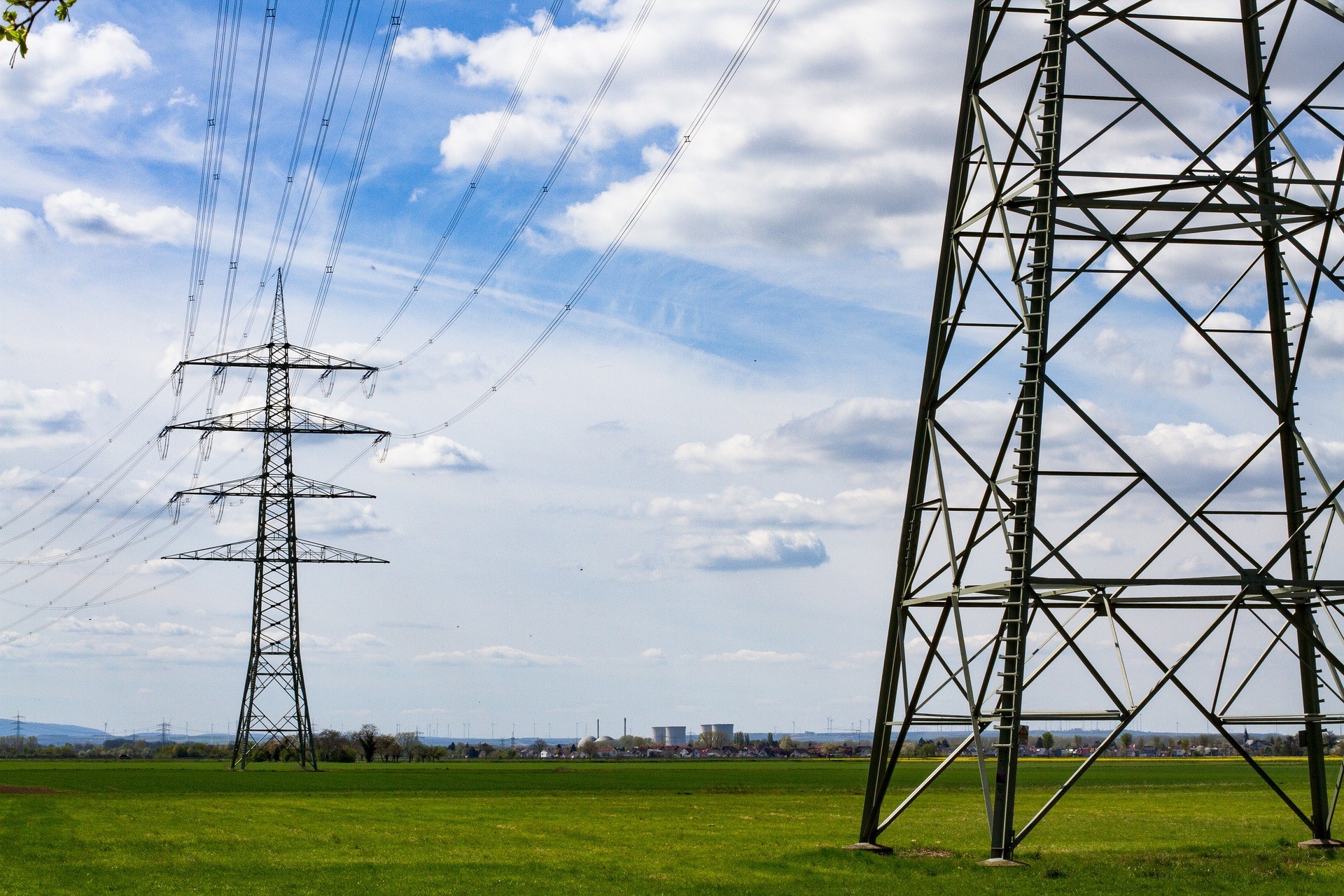Insight and Implications for Stakeholders: CSERC Draft Regulations on Intra-State Deviation Settlement Mechanism (DSM)
Key Provisions of CSERC DSM Draft Regulations & Observations:
-
Objective & Scope:
- These regulations aim to ensure grid stability and security by enforcing strict adherence to scheduled electricity injection and drawl.
- They are applicable to all inter/intra-state entities connected to the State Transmission Utility (STU) in Chhattisgarh.
-
Deviation Settlement Mechanism:
- Emphasizes penalties and charges based on deviations from scheduled energy transactions.
- Introduces various categories of sellers (e.g., wind, solar, biomass, and hydro), buyers, and mechanisms for calculating deviations.
-
Frequency-Linked Penalty Structure:
- The deviation charges are dynamically linked to grid frequency, incentivizing entities to maintain balance and stability in operations.
-
Energy & Account Billing:
- Proposes detailed methodologies for energy settlement at drawl points, categorizing consumers as Single Supply Consumers (SSC) or Multiple Supply Consumers (MSC).
- Billing cycles are clearly defined, with provisions for managing defaults and disputes.
-
Special Considerations for Renewable Energy:
- Provides exceptions and adjustments for wind, solar, and hybrid sources, particularly those commissioned after specific dates.
-
Role of the SLDC and CSPDCL:
- SLDC is pivotal in schedule validation, energy accounting, and issuing DSM statements.
- CSPDCL manages the State Deviation Pool Account, ensuring timely payment and settlement.
Implications for Stakeholders:
-
Generating Companies:
Challenges
- Increased operational complexity due to stringent scheduling and deviation norms.
- Financial implications from penalties for unscheduled deviations, especially for intermittent renewable sources like wind and solar.
Opportunities
- Clear guidelines for deviation management allow for better operational forecasting.
- Special provisions for renewable energy promote cleaner energy investments.
-
Distribution Licensees:
Challenges
- Need to improve forecasting accuracy and manage deviations to avoid financial penalties.
- Enhanced coordination with generating stations and SLDC for schedule adherence.
Opportunities
- Transparent deviation charges enable better cost allocation in tariff setting.
- Promotes modernization of energy forecasting tools and infrastructure.
-
Open Access Consumers:
Challenges
- Complex compliance requirements and risk of penalties for scheduling mismatches.
Opportunities
- Flexibility in sourcing power under open access provides cost optimization opportunities.
- Potential for leveraging banking mechanisms for surplus energy settlement.




